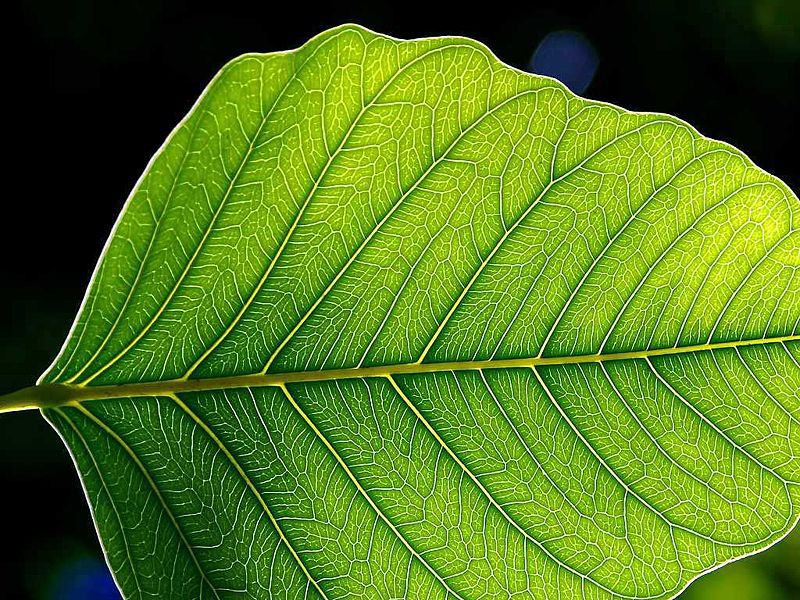-
 Spicules
Spicules
-
 Aplasia
Aplasia
-
 Laterite
Laterite
-
 Hub
Hub
-
 Differentiation
Differentiation
-
 Lake Titicaca
Lake Titicaca
-
 Fluorescein
Fluorescein
-
 Malacology
Malacology
-
 Pear
Pear
-
 Epistaxis
Epistaxis
-
 Androsterone
Androsterone
-
 Chloasma
Chloasma
-
 Mimicry
Mimicry
-
 CSS
CSS
-
 Group velocity
Group velocity
-
 Piconet
Piconet
-
 T Tauri
T Tauri
-
 Endeavour
Endeavour
-
 Elastic mineral
Elastic mineral
-
 EUCEB
EUCEB
-
 Natural disaster
Natural disaster
-
 Listeriosis
Listeriosis
-
 Folliculitis
Folliculitis
-
 Transgenic plant
Transgenic plant
-
 Tholin
Tholin
-
 Extruded polystyrene
Extruded polystyrene
-
 Brightening
Brightening
-
 Oral contraceptive
Oral contraceptive
-
 Multiprocessing
Multiprocessing
-
 Carbon compensation
Carbon compensation
Photosynthesis
Photosynthesis is an energetic biochemical reaction that takes place inside plants.
Role of photosynthesis
The purpose of photosynthesis is to create energy (in the form of carbohydrates) from luminous energy produced by the sun. Organisms that use the mechanism of photosynthesis are autotrophic, because they produce organic matter from inorganic matter.
Mechanism of photosynthesis
Solar energy is used to oxidise water and reduce carbon dioxide in order to synthesise organic substances (carbohydrates). This phenomenon takes place in chloroplasts, an organelle specific to plants, around the thylakoid membranes where photosystems I and II and cytochromes are located.
Energy produced by photosynthesis
It takes six molecules of carbon dioxide and six molecules of water to synthesise one molecule of glucose, releasing six molecules of dioxygen, with the help of luminous energy.
6 CO2 + 6 H2O + luminous energy → C6H12O6 (glucose) + 6 O2
This process of production is broken down into two successive steps:
- photochemical reactions (light phase) : 12 H2O + light → 6 O2 + chemical energy (24 H) ;
- Calvin cycle (dark phase) : 6 CO2 + chemical energy (24 H) → C6H12O6 + 6 H2O.
 Photosynthesis is a mechanism specific to green plants. © Jon Sullivan, Wikimedia public domain
Photosynthesis is a mechanism specific to green plants. © Jon Sullivan, Wikimedia public domain
Latest
Fill out my online form.



